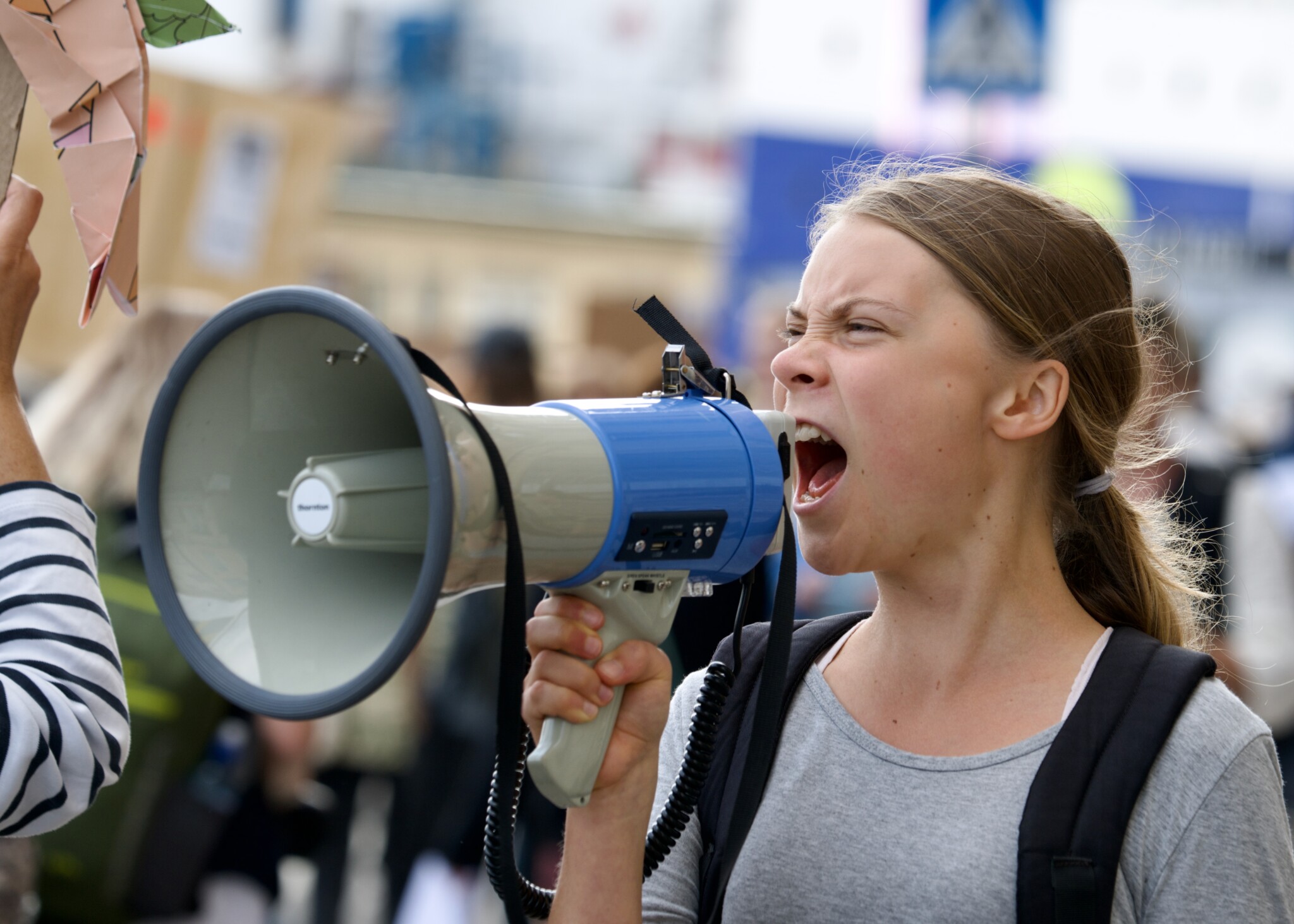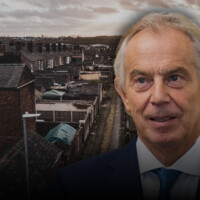Greta Thunberg recently emerged from the cultural wilderness to board a boat destined for Gaza. Clutching a microphone, tears running down her face, she announced that she was there to raise “international awareness”. Cameras clicked, the Palestinian flag fluttered, and the sea swallowed the horizon. To some, it was courage. To others, a shameless stunt. But for anyone who’s been watching closely, this was the final contortion of dissent into something pre-packaged and painfully self-serving.
Let me be very clear. One doesn’t need to defend Israel to find this spectacle deeply absurd. Greta has not grown into a mature moral voice. She has grown into a mascot for curated outrage. She went from lecturing world leaders at Davos to waving flags on a boat with a French MEP and a Game of Thrones actor. And for what? To revive a dying brand. To stay visible in a culture that feeds on attention but chokes on complexity. Greta’s climate crusade was always built on alarmism over nuance, emotion over understanding. Now that the panic has faded, she’s scrambling for a new stage. Gaza just happens to be the loudest one available.
Enjoy independent, ad-free journalism - delivered to your inbox each week
She has become — not by accident, but by design — an avatar of what happens when activism is repackaged as performance. Every appearance, every tear, every glare is part of a carefully managed brand. Her voyage to Gaza isn’t really about Gaza. It’s about capturing the feeling of being on the right side of history, filtered and framed for maximum engagement. A loop of gestures that look like valor, but function like PR, carefully staged to resonate with the same far-left zealots who fell for her climate alarmism in the first place. The script hasn’t changed, only the backdrop. What started with melting ice caps has moved to smoldering conflict zones, but the audience remains the same: people hungry not for truth, but for “hot takes” that flatter their worldview.
This is the latest installment in the Greta Cinematic Universe: The School Strike, The UN Scolding, The Davos Denunciation, and now, The Flotilla of Feelings. What began as a movement has curdled into a series of set pieces. And somewhere along the way, the cause stopped mattering. What matters now is the image, the myth of Greta, kept alive one staged outrage at a time.

Of course there was outrage. How could there not be? The media need their headlines, and she’s learned when to deliver. It’s Pavlovian: invoke catastrophe, and the voice cracks on cue; mention injustice, and the eyes glass over right on schedule. Greta’s no longer a messenger but a meme, beatified by emotion, canonized by despair; a TikTok-age saint for a generation that mistakes indulging one’s ego for genuine insight, and performance for principle.
But let’s discuss what’s truly tragic here: Greta herself.
What do you call a childhood spent in permanent crisis mode? What kind of adulthood does that shape? Not just intellectually, but emotionally, neurologically. What happens when a young girl is told that the world is on fire and only she can save it? When every speech she gives, every death stare, every scolding finger-point is rewarded with standing ovations, magazine covers, and a global fanbase of teary-eyed adults who should’ve known better? Greta’s entire identity was constructed around fear, doom, and the messianic illusion that she had been anointed to speak truth to power because the adults had failed.
Her Asperger’s diagnosis became mythologized, seen as a superpower, a divine lens through which she perceived what the rest of us supposedly could not. Her social awkwardness was cast as purity. From the start, she was denied the ordinary messiness of youth. No room for uncertainty, no space to stumble, no chance to figure things out without the world watching. There were no years of trial and error, only slogans, superficiality, and scripts. She wasn’t raised. She was constructed. Greta became a pawn in adult ambitions before she ever had the chance to be a teenager. And now, she’s trapped, not just publicly, but developmentally. There’s no path out of the role she was assigned. She can’t evolve, can’t step back, and can’t show doubt, because doubt would crack the mythology. Growth would threaten the brand. Every appearance must top the last. Every stance must be louder, starker, more “historic”. Climate, capitalism, Gaza, colonialism — every issue fashioned into an end-times narrative. The machine she rides runs on moral absolutism, and if she slows down, it leaves her behind. Her parents should be ashamed — not just for allowing it, but for facilitating it. They didn’t protect her from the spotlight; they handed her to it.
Help Ensure our Survival
And the worst part? She’s not even the main beneficiary. The NGOs, the think tanks, the activist collectives — they are. They need their martyr. They need their icon. Because an adult saying these things would be just another angry activist. But a child, frozen in time, still radiating that wounded urgency from 2018 sells.
There’s something genuinely revolting about it, too — this upper-middle-class child of Sweden, heir to wealth and fame, sobbing on behalf of Palestinians she will never live beside, whose suffering is not a cause but a canvas. She’s not really “breaking the siege”. She’s breaking the fourth wall, turning activism into performance art, tragedy into screenplay.
She reflects the narcissism of a culture that wants moral catharsis without doing the hard work. Greta hit her peak when climate panic was marketable; when apocalypse sold books, speeches, and documentary deals. But the world moved on, and she couldn’t, so conflict is her only currency now. Gaza is just the next stage upon which to stay relevant. People forget that Greta isn’t a prophet. She’s an influencer. And influencers, by definition, don’t reflect reality. They fabricate it.




Comments (1)
Only supporting or founding members can comment on our articles.